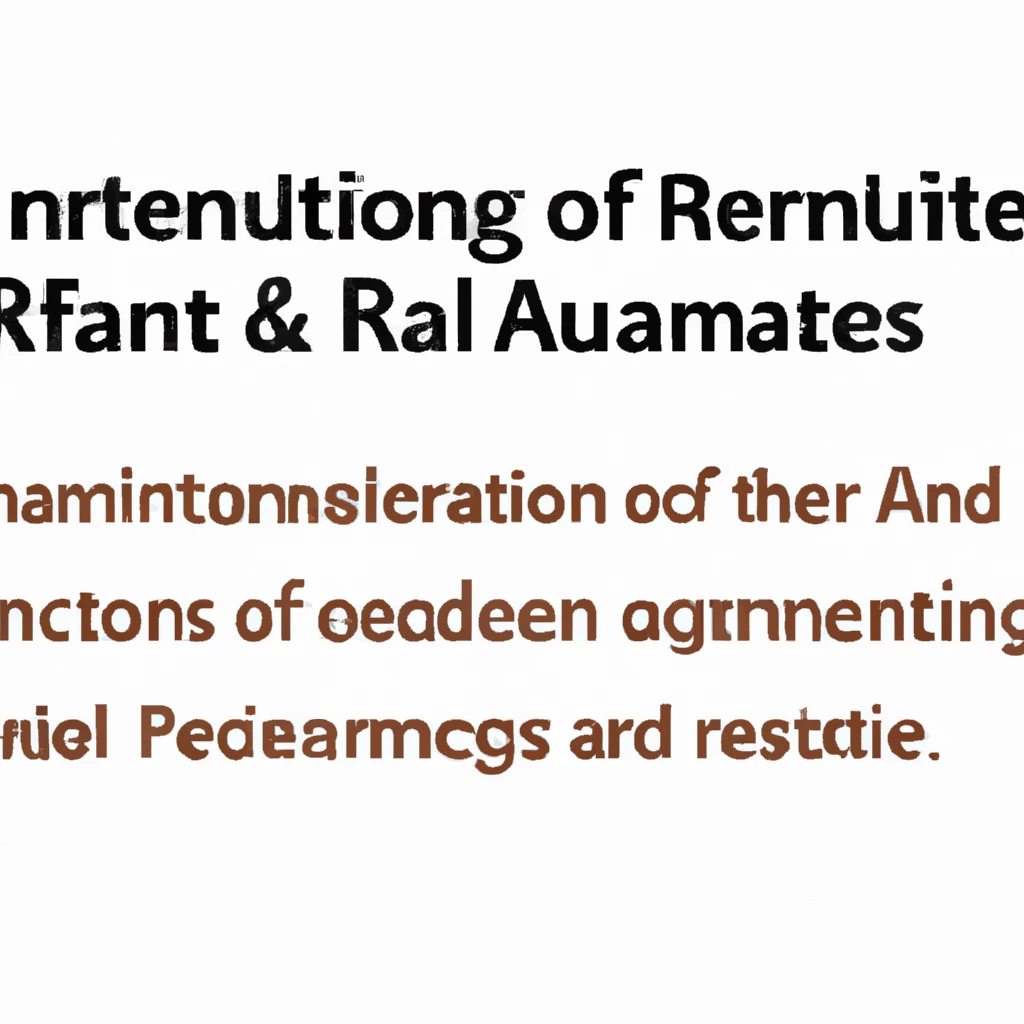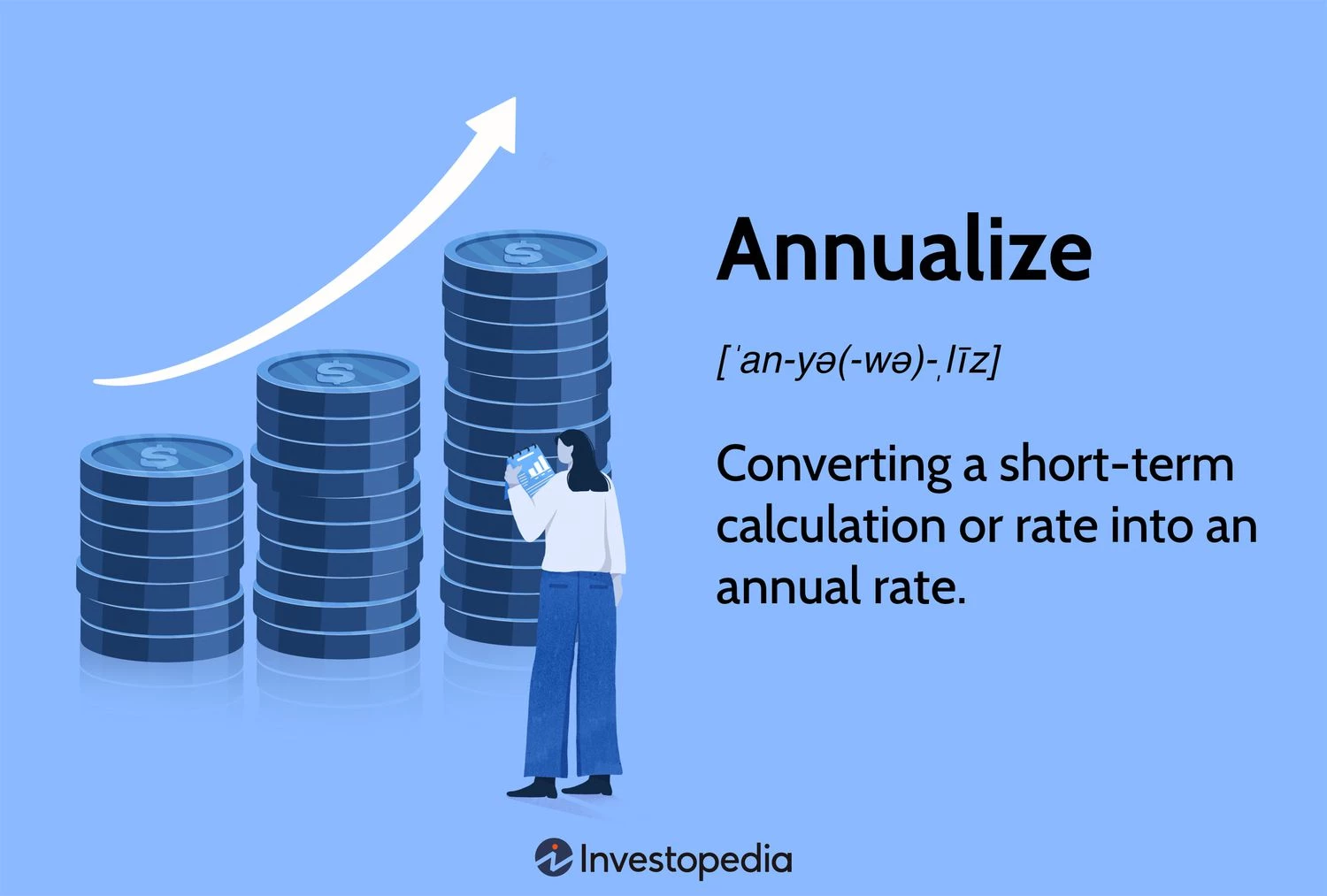Understanding Cost Basis: Definition, Functionality, Computation, Tax Implications, and Illustration
Understanding Cost Basis
Cost basis represents the original value or purchase price of an asset or investment for tax purposes. This value serves as the foundation for calculating capital gains or losses, which signify the disparity between the selling and purchase prices.
Determining the total cost basis is crucial for assessing the profitability of an investment and predicting its tax implications. Investors must monitor an investment’s performance from acquisition to sale to ascertain whether it yielded gains and assess the associated tax obligations.
Key Takeaways:
- Cost basis denotes the original value or purchase price of an asset or investment for tax purposes.
- It is utilized to compute capital gains tax, levied on the variance between the asset’s cost basis and current market value.
- Most brokerages provide cost basis tracking services and report necessary gains and losses to the IRS through Form 1099-B.
- The prevalent method for determining cost basis by brokerages is the First In, First Out (FIFO) approach.
Understanding Cost Basis
The cost basis originates from the initial cost of an asset for tax purposes, typically the initial purchase price. However, this fundamental cost may undergo adjustments due to financial and corporate changes, such as stock splits, dividends, and return of capital distributions, especially with investments like Master Limited Partnerships (MLPs).
The cost basis of capital assets, such as real estate, can be modified based on factors like capital improvements or casualty loss amounts.
Cost basis plays a pivotal role in determining the capital gains tax rate, delineated by the difference between the asset’s cost basis and its current market value. This tax rate is activated upon selling an asset or realizing a gain or loss. Even for securities held without selling, tax authorities necessitate establishing the capital gains rate, categorized as short- or long-term.
Long-term capital gains, held for over a year, are taxed at favorable rates, whereas short-term gains, held for less than a year, incur ordinary income taxes.
The Internal Revenue Service (IRS) permits cost basis determination…
…using the First In, First Out (FIFO) methodology as the default approach or through specific share identification, where the investor designates the shares to be sold.
Tax Reporting Cost Basis
Brokerage firms are mandated to report the prices paid for taxable securities to the IRS, typically employing the FIFO method. IRS reporting of asset…
…sales by brokerages is obligatory for investments made after specific dates:
- Jan. 1, 2011, for equities
- Jan. 1, 2012, for mutual funds, ETFs, and dividend reinvestment banks
- Jan. 1, 2014, for other specified securities like bonds and options
Establishing the initial cost basis for securities and financial assets based exclusively on the first purchase…
…is straightforward in theory. However, subsequent purchases and sales can complicate the process, impacting the overall portfolio. With diverse investments like stocks, bonds, and options, accurately computing cost basis for tax purposes can become intricate.
During transactions between buyers and sellers, the initial price paid for a product or service signifies the cost basis. The equity cost basis represents, to investors, the total investment cost, including the purchase price per share, reinvested dividends, and commissions. This value not only determines the tax implications of an investment but is also vital for…
…monitoring investment gains or losses, aiding informed trading decisions.





